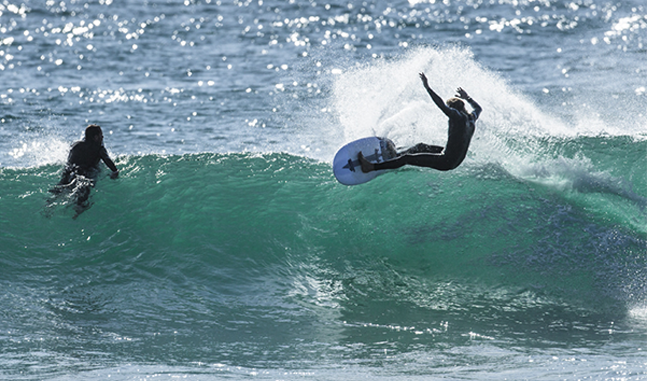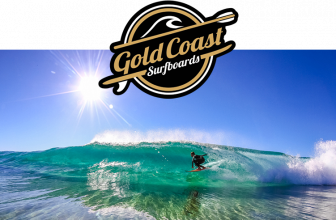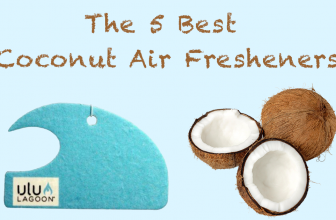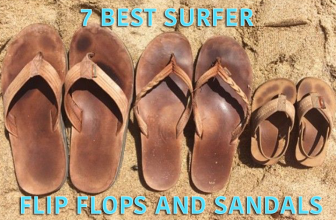
The history of the funboard really began when beginner surfers were in need of a solid board to learn on, though didn’t want the bulk of a longboard.
More...
They were never really “created”, though rather came about as a hybrid between shortboards and longboards. Surfboard manufacturers started experimenting a lot with shape and size after the shortboard revolution took control in the late 1960s.
The “funboard” name was a way to group together boards that were mid-sized and had the flotation of a longboard and the maneuverability of a shortboard.
How Did These Boards Become So Popular?
This type of board actually became really popular with experienced surfers before anything. It allowed them to get out on days that weren’t ideal where a longboard would be annoying to try and haul out. As surfers began realizing that they were much easier to ride than shortboards, many different surf camps began using them to teach students. To this day, we still see half of the surf instructors out in Santa Monica, CA using funboards to teach kids and families.
So What Exactly Is a Funboard?
Because funboards combine elements of longboards and shortboards, they typically sit at an in-between length around 6-8 feet long. The bodies are rounder than shortboards and have a bit more width. As for tails, fins, and rail design, it truly depends on the rider, and there aren’t really any common themes to follow. This board is also called a "minimal."

Why Did Funboards Catch On?
For beginners, funboards are excellent because their width provides buoyancy and paddling ease. Heavier surfers even find them very helpful in that aspect compared to shortboards. Funboards are excellent longboard alternatives, as they are much better and executing sharper turns that longboards can’t pull off, adding variety to your surfing. Most people don’t like the idea of hauling around a heavy 10-footer either, so funboards are great to take a bit of weight off of the shoulders.
Why Should I add a Funboard to my Quiver?
Funboards are pretty much perfect in small or mid-sized waves, though they aren’t really made for the perils of vertical surf. Even though they have buoyancy properties that allow them to float and catch long lines on small days, they also have a body that is still easy to maneuver and turn sharp. A funboard can allow early entry into waves in comparison to a shortboard while still letting you walk around on the deck a little bit like you would with a longboard.
Frequently Asked Questions
Are all funboards soft-top?
A general misconception is that all funboards are soft-tops. Though many of the funboards we see in surf camps are soft-tops, by no means are all of them. We highly recommend soft-top funboards for beginners though, as they are much safer when you inevitably wipe out your first couple of runs.
Final Thoughts
Funboards will continue to become more popular as more and more people enter the world of surfing. They come in a wide variety of shapes and sizes and really work for all surfers of all levels. If you’re a beginner, funboards will help you to catch the surfing bug in no time.




